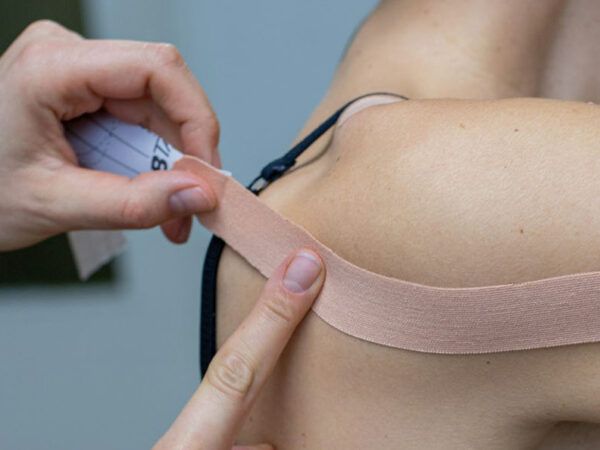What is wrist fractures?
- Postmenopausal women with osteoporosis, people falling on one hand with an extended wrist.
- Young people experiencing trauma at high speeds (sports, motor vehicle accident).
Signes et symptoms
- Pain in the wrist and fingers.
- Acute edema.
- Palpable and/or visible wrist deformation.
- Loss of active and passive joint motion.
- Loss of muscular strength in the wrist, fingers and hand grip
Numerous structures are located in the wrist region, including several tendons, ligaments and nerves. Thus, these structures can also be affected and create complications.
Depending on the severity of the fracture and bone displacement, immobilization with or without surgical intervention may be necessary.
Most common potential complications
- Peripheral neuropathy (especially median nerve damage).
- Wrist osteoarthritis.
- Complex regional pain syndrome or shoulder-hand syndrome.
- Tendon rupture.
- Stiffness in the fingers.
- Adhesive capsulitis of the shoulder (secondary to arm immobilization).
- Persistent reduction in the range of motion, limiting the return to normal functions of the wrist.
Physiotherapy interventions
Reduction of pain and edema
- Electro-therapeutic modalities (TENS).
- Contrast bath (hot-cold).
- Ice.
- Paraffin bath.
- Advice on pain and edema management.
Increase in the range of motion of the wrist
- Articular mobilizations.
- Soft tissue techniques.
- Prescription of active, assisted and passive exercises.
Strengthening of the wrist
Prescription of exercises for gradual strengthening
Return to normal functions
- Functional exercises (e.g. unscrewing lids, attaching buttons).
- Advice on upper limb usage.
Scientific studies demonstrate that early intervention by a physiotherapist following the healing of a fracture is very effective and allows for a faster return to normal functions while preventing complications.4
References
1. Goldfarb CA, Yin Y, Gilula LA, Fisher AJ, Boyer MI. Wrist fractures: what the clinician wants to know. Radiology. 2001;219(1):11-28. 2. Brogren E, Hofer M, Petranek M, Dahlin LB, Atroshi I. Fractures of the distal radius in women aged 50 to 75 years: natural course of patient-reported outcome, wrist motion and grip strength between 1 year and 2–4 years after fracture. Journal of Hand Surgery (European Volume). 2011;36(7):568-76. 3. Cooney WP, Doybins JH, Linscheid RL. Complications of Colles’ Fracture. The Journal of Bone and Joint Surgery. 1980;62(4):613-617. 4. Watt CF, Taylor NF, Baskus K. Do Colles’ fracture patients benefit from routine referral to physiotherapy following cast removal? Arch Orthop Trauma Surg. 2000;120:413-415. 5. Bruder AM, Taylor NF, Dodd KJ, Shields N. Physiotherapy intervention practice patterns used in rehabilitation after distal radial fracture. Physiotherapy. 2013;99(3):233-40.



